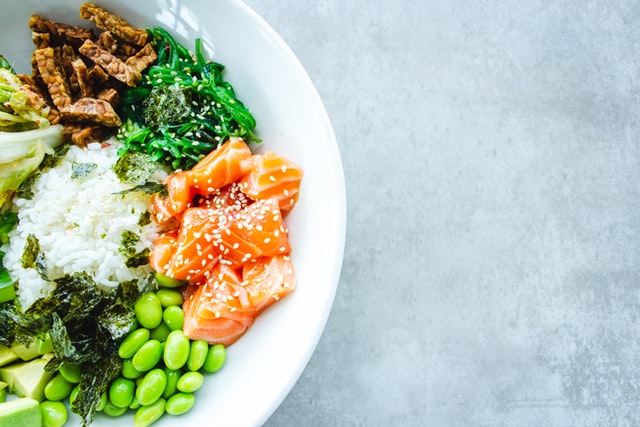Never count calories again and still lose body fat
Still counting calories in your attempt to burn body fat? Here’s why that approach doesn’t add up if you’re serious about getting back into shape, says New Body Plan editorial director Joe Warner
There is a very simple way to estimate how many calories you need each day. Once you know how many you need, you can then work out how many you should eat to achieve your health goal.
Say you want to lose weight. You need to eat fewer calories than you burn each day. That means you’ll be in daily calorie deficit. So your body starts to use existing fat stores to make up for the reduced amount of energy you’re getting from food.
So the best approach to build the body you want is to count the calories you eat and the ones you burn, right? Not so fast. While counting calories is a very popular weight loss strategy, it isn’t as effective as you may think.
The calorie counting formula
Here’s the Energy Balance Equation, which looks like this:
Change in body stores = Energy In – Energy Out.
When we look more closely at this equation, some pretty big problems begin to emerge.
Counting calories you eat
First, for the “Energy In” part of the equation, you must figure out how many calories are in the foods you want to eat. That requires handbooks, websites, databases and maths – just to have your lunch!
Then you must assume that these calorie data sources are correct. They’re often not. Research shows they can be out by 20% or more because of incorrect labelling, laboratory measurement error or food quality.
The amount of processing a food has undergone is another key factor in your energy intake. You’ll absorb fewer calories from minimally processed foods such as fruits and vegetables, lean meats, nuts and whole grains than from highly processed foods, such as oils, sugar, refined grains and pre-packaged foods. Surprised? Wait, there’s more.
How cooking affects calorie counts
How you prepare and cook food also affects the total number of calories your body absorbs. You absorb about 47 calories from a raw egg, 196 calories from 4oz of raw steak, and 101 calories from a medium raw potato (not that we’d recommend eating them!).
Cook those foods and you’ll absorb around 74 calories from the egg, 240 calories from the steak and 193 calories from the potato. Of course, these actual numbers vary significantly depending on when, where and how the food was grown, shipped and stored, as well as cooking method, time and many other factors!
Finally, we have trillions of bacteria in our digestive system that affect our body in hundreds of ways. And research suggests that people with higher proportions of certain bacteria can absorb up to 150 more calories per day than people with a lower proportion.
Avoid calorie count confusion
What does this all mean? That the “Energy In” part of the equation actually looks like this:
Energy In = Actual Calories Eaten – Calories Not Absorbed
Therefore, the “Energy In” side is very hard – if not impossible – to calculate accurately. It can be wrong by as much as 20%. That’s a potentially huge margin of error in something so important to your chances of successfully achieving the body you want.
Calorie counts and nutrition labels are imprecise. And the amount of processing a food undergoes affects how many calories you absorb. How, when and where our food is grown, shipped, stored, prepped and cooked can all affect its calorie load. And people vary in the number of calories they absorb from the food they eat. Ultimately, estimating your calorie intake is a flawed approach and so is estimating your calorie expenditure! Luckily there’s a far smarter and easier way to eat for a bigger and leaner body.
To find your perfect transformation plan, take the New Body quiz!
Take the New Body quiz!

